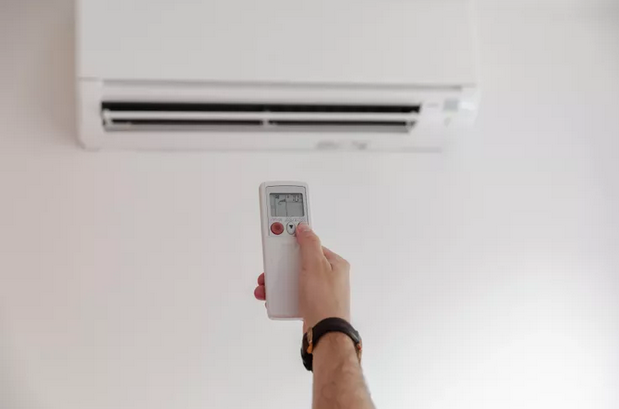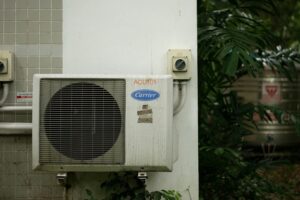Synopsis
Staying cool during the hot summer months doesn’t have to result in exorbitant energy bills. By implementing these smart strategies, you can save money on air conditioning costs while still enjoying a comfortable indoor environment. Small changes can make a big difference in your energy consumption and financial savings. Embrace these tips and beat the heat while keeping your wallet

In sweltering heat of summer, staying cool and comfortable becomes a top priority and primary necessity. However, using air conditioners (AC) for a longer period during summer can skyrocket your power bills. However, you can follow several effective ways to keep cool without breaking the bank. By following a few simple strategies, you can save money as well as enjoy a refreshing and comfortable summer. Here are some useful tips to help you keep cool and save money at the same time.
Optimize Your Thermostat Settings:
One of the easiest and most effective strategy to reduce air conditioning power bills is to adjust your thermostat settings wisely. Set the thermostat to the highest temperature that is comfortable for you and your family. Each degree higher can save you a significant amount of money on your energy bills. As per some recommendations, 23 degrees to 26 degrees is the right temperature option that is comfortable and yet pocket friendly.
Additionally, you can also install a programmable thermostat that can automatically adjust the temperature based on your daily schedule.
Maintain and Clean Your Air Conditioning System:
You should give special care about regular maintenance and cleaning of your air conditioning system. It can greatly improve ACs efficiency and reduce energy consumption. Clean or replace air filters regularly to ensure proper airflow and remove dust and debris that may hinder performance. Keep the outdoor unit free from obstructions like leaves or debris, allowing for better air circulation. It’s also a good idea to schedule professional maintenance annually to identify any potential issues and optimize the system’s efficiency.
Utilize Natural Ventilation and Fans:
You can also explore natural ventilation options to keep your house cool. Open windows and doors during cooler times of the day, such as early mornings and evenings, allow fresh air to circulate throughout your home. Consider using ceiling fans or portable fans to enhance air movement, which can create a cooling effect and reduce reliance on air conditioning. You can also use fan along with ACs for better cooling experience.
Insulate and Seal Your Home:
Proper insulation and sealing of your home can significantly reduce the amount of heat that enters your living space, thereby reducing the workload on your air conditioner. Insulate your attic, walls, and windows to prevent heat transfer. Use weatherstripping and caulk to seal any gaps or cracks that allow warm air to enter and cool air to escape. By creating a more airtight environment, you can maintain a comfortable temperature for longer periods without excessive reliance on air conditioning.
Implement Smart Cooling Strategies:
By adopting some smart cooling strategies, you can make your home more energy-efficient. For example, avoid using heat-generating appliances during the hottest parts of the day, as they can raise the overall temperature of your home. Use curtains, blinds, or window films to block out the sun’s rays and reduce heat gain. Consider using lighter-colored and breathable fabrics for bedding and furniture, which can help minimize heat retention.
Practice Energy-Saving Habits:
In addition to the aforementioned strategies, adopting energy-saving habits can further contribute to reducing air conditioning costs. Turn off lights and unplug electronics when not in use, as they generate heat and add to the overall energy consumption. When leaving a room, switch off the air conditioning or increase the thermostat temperature slightly to save energy. Encourage family members to dress lightly and use breathable fabrics to stay comfortable without relying solely on air conditioning.
Text taken from: https://economictimes.indiatimes.com






